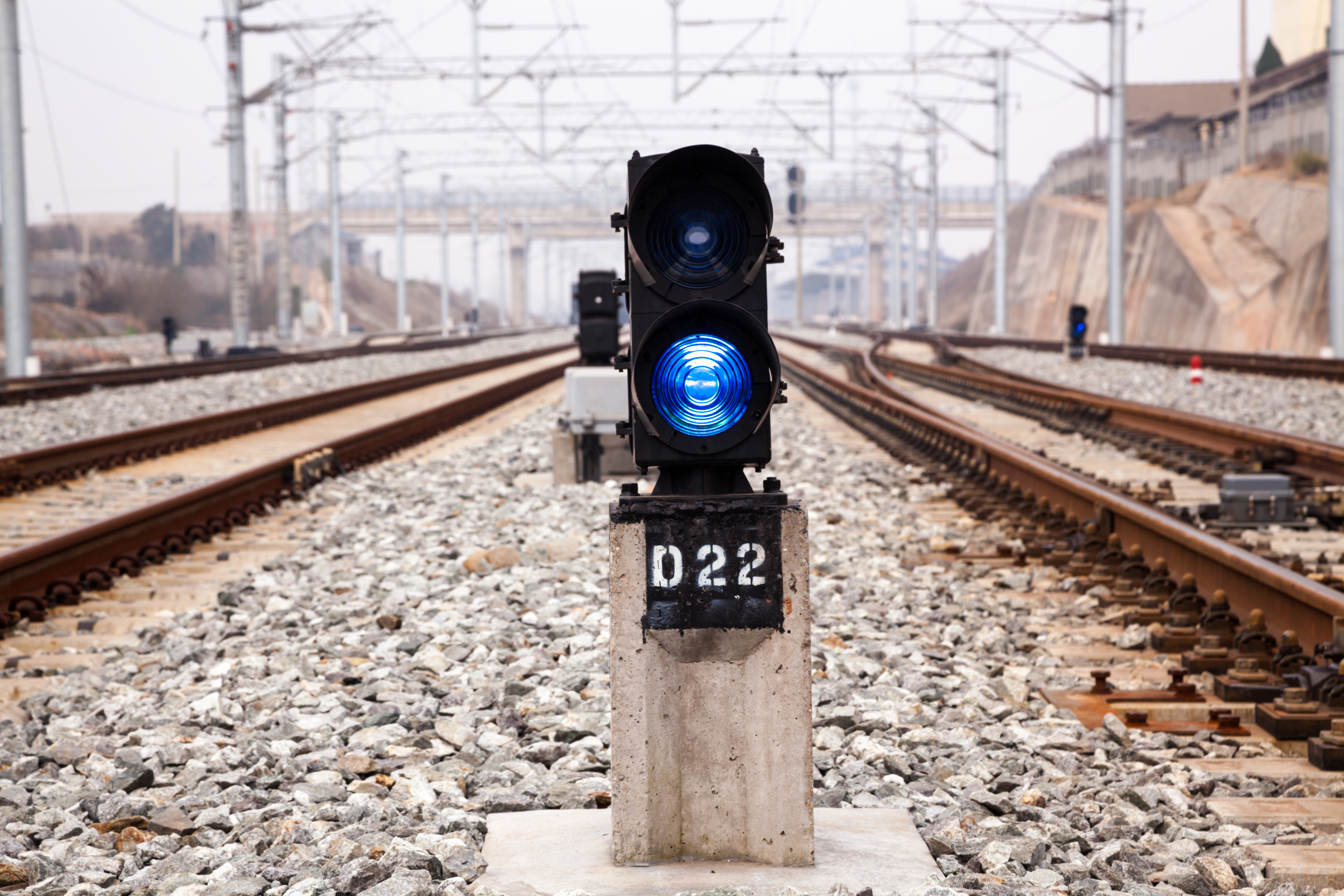The Evolution of Railway Signaling
The history of trains is an interesting one. From the invention of wagonways in ancient Babylon to the magnetic levitation trains that are slowly manifesting, there has long been a fascination with the rolling stock (i.e. the cars on the train track), but railway signaling is equally important.
What is Railway Signaling?
You’re probably more familiar with it than you know. If you’ve heard the familiar jingle of an oncoming train, the flashing red lights and the signage that says ‘train x’ing,’ you’ve witnessed railway signaling in real time. All of those things fall under railway signaling.
Not only is railway signaling helpful for the security of oncoming traffic or safe railroad crossing, but it is critical to the efficiency and functionality of trains. With multiple trains running along the same tracks at any given time, signals are critical to control changing tracks and oncoming trains so as to prevent crashes. Signal failure, which is a common phenomenon, often causes train delays.
In the early days of commercial train use, drivers had to make do with their eyes as the only means to identify an oncoming train. Since rail signaling was introduced, it has changed a lot over the years. Early attempts at rail signaling utilized steam power, a copper ball and a flagpole to signal when a train was ready to depart. When electricity became more widely available, a coded track circuit design began to be implemented as a means to engage signals when trains passed through sections of tracks that had circuit boxes.
Now, there are many different systems used around the world for railway signaling, ranging from old semaphore signals to modern electronic high-capacity systems. In Europe, a unique train control system was designed to replace the different national train control and command systems.
Radiall Products for Railway Signaling
A large variety of connectors and cable assemblies are used for signaling equipment. Radiall specializes in RF, fiber optic and high-speed data electrical connectors for use inside equipment or in outdoor environments, including rail applications. Our I/O ruggedized interconnect solutions are designed to meet the needs of telecommunication and industrial markets, such as FTTA applications (fiber-to-the-antenna). These field-mountable solutions secure and seal multi-standard interconnections in outdoor conditions, such as railway signaling.


